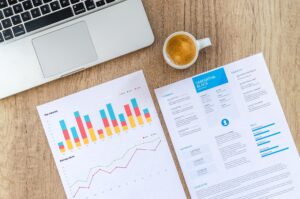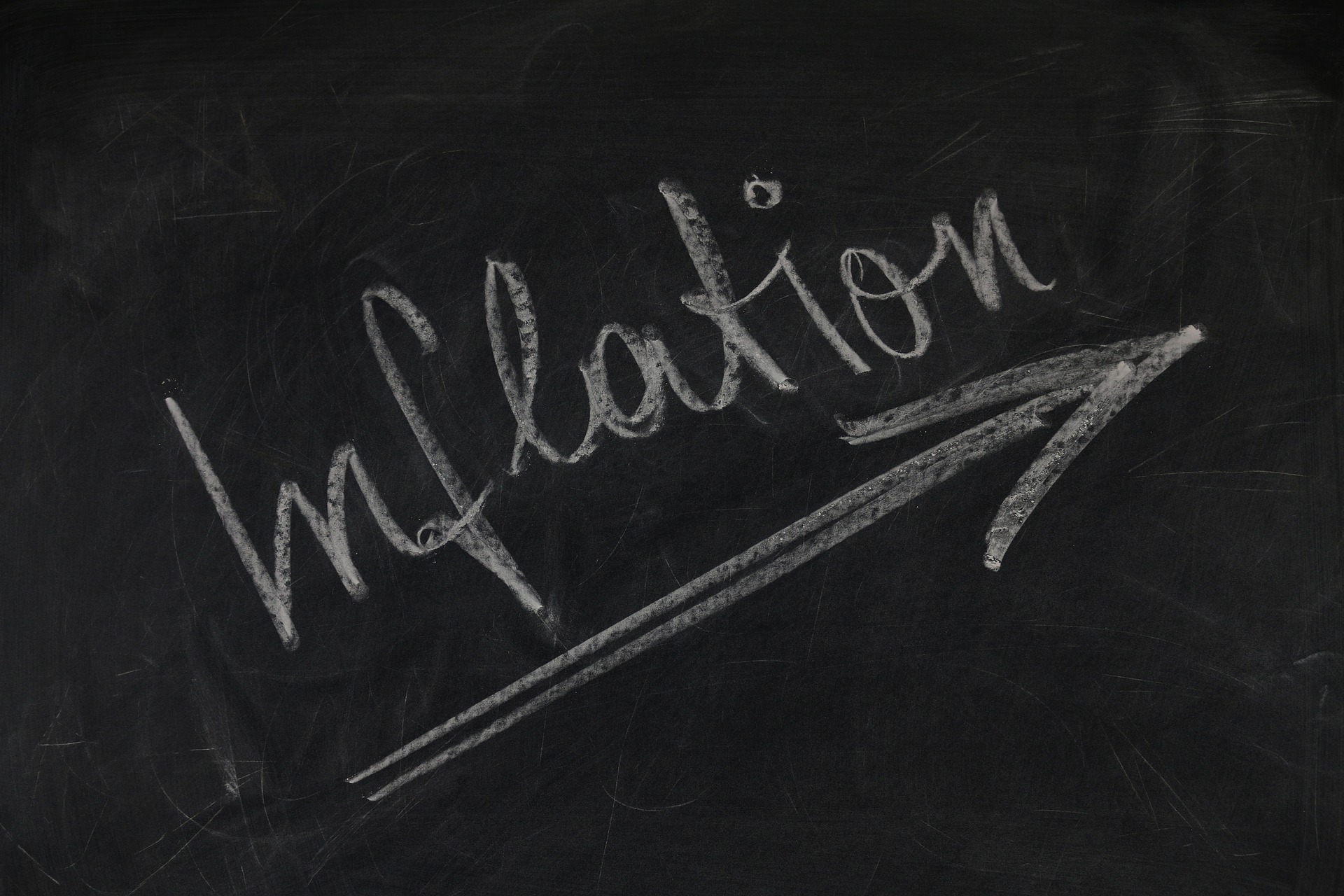The reason we make investments is to grow our hard-earned money. With investing, there comes risk. There are different types of risk associated with different types of investments. Generally, the more risk you take on, the higher your return should be. This volatility is the price you pay for the return you expect.

Past performance is no indication of future results, but the stock market has trended upward over time. Let’s keep the discussion simple and just discuss stocks and bonds. Generally speaking, stocks are riskier than bonds. If you look at the long-term performance of stocks and bonds, you can see that you have a much higher return with stocks. Over time, this is true. According to Morningstar’s Ibbotson SBBI chart, if you invested $1 in January of 1926, you would have the following returns for each asset class at the end of December 2021:
- $14,086 Large Cap Stocks—10.5% compound annual return
- $53,034 Small Cap Stocks –12.1% compound annual return
- $177 US Long Term Government Bonds—5.5% compound annual return
- $22 US Treasury Bills—3.3% compound annual return
- $16 Inflation—2.9% compound annual rate

Looking at the huge difference in the above returns, you may ask why in the world would anyone invest in bonds at all? Keep in mind that these numbers reflect 96 years of data and most of us will not have that length of time to invest. So, the answer to the question has to do with volatility. Most people cannot handle seeing the volatility when it comes to their own assets because most investors intend to use their assets for some purpose—like retirement.
In summary, the more risk you take, the higher your return should be. However, you must be able to stomach the volatility AND know when the end game is for this asset so that you can start taking risk off the table beforehand (planning). So, as you are looking at the values of your accounts, keep in mind what your intentions are for these assets.
If you are looking for a trusted partner to help you navigate financial decisions, we are here to help. Schedule a meeting with us today to see how we can help you with your own financial journey.
Financial Journey LLC is a registered investment advisor offering advisory services in the states of Alabama, Florida, Virginia and in other jurisdictions where exempted. Information provided is for educational purposes only and not, in any way, to be considered investment or tax advice.






